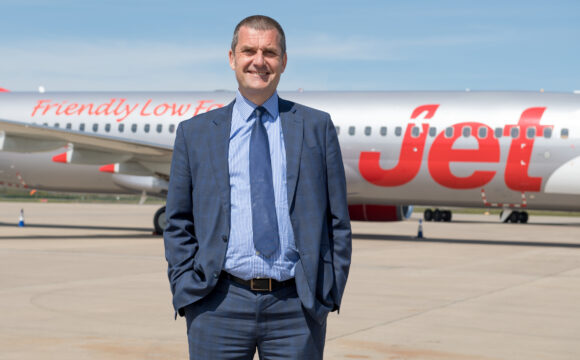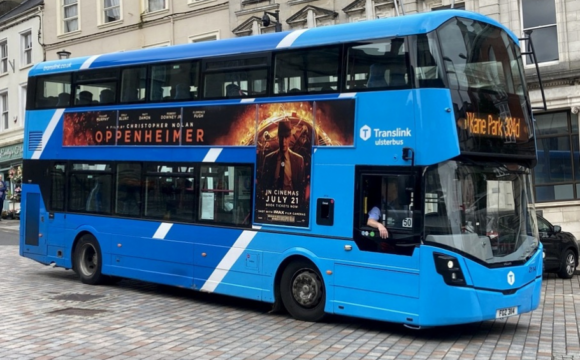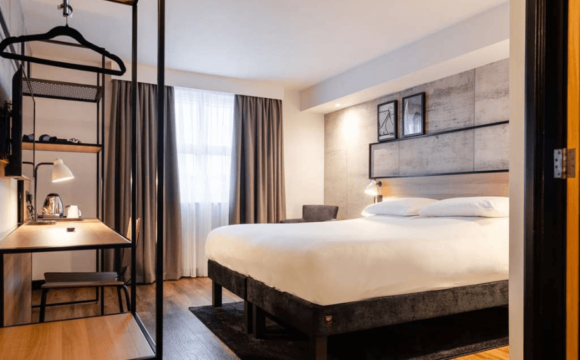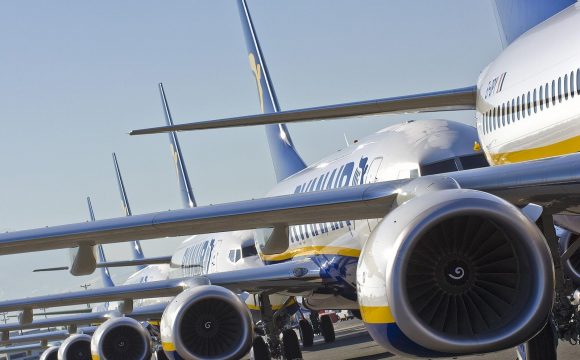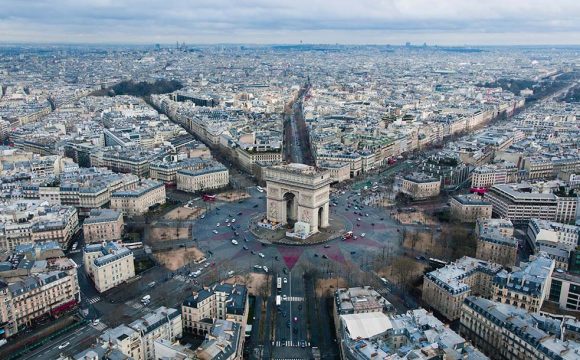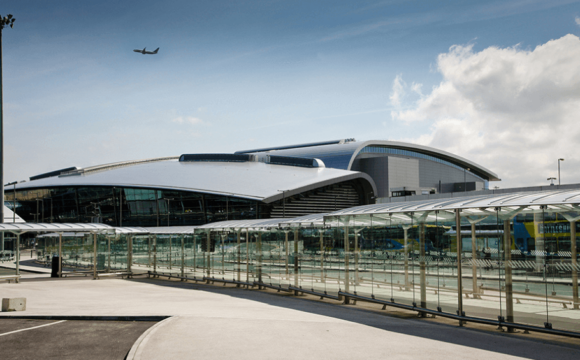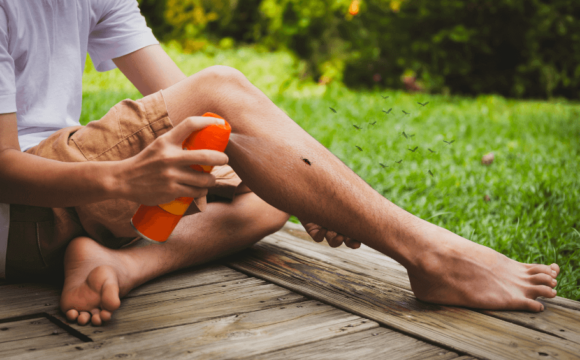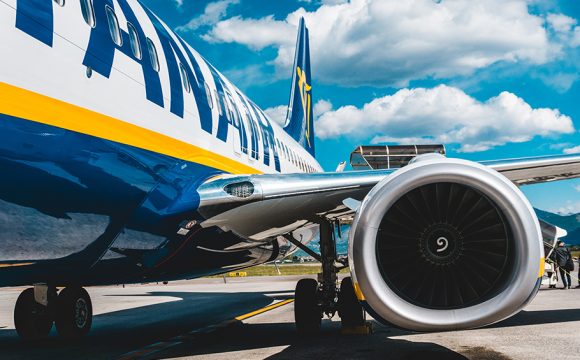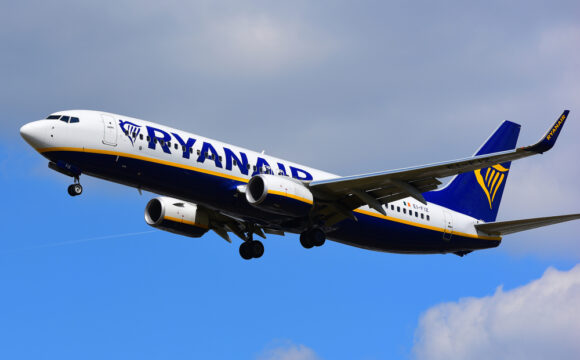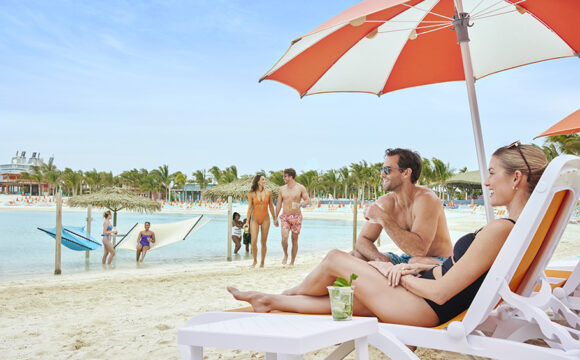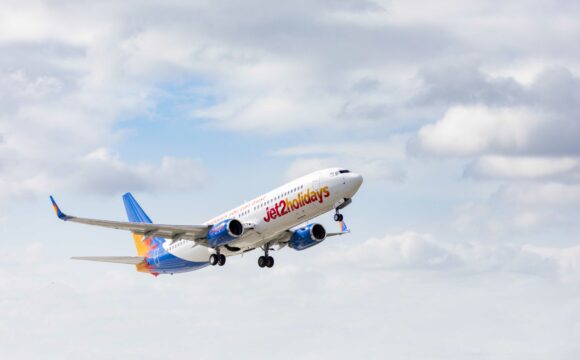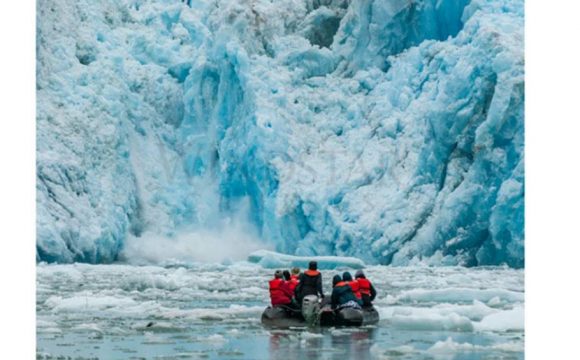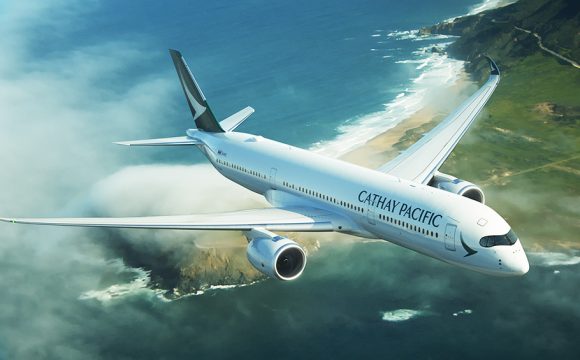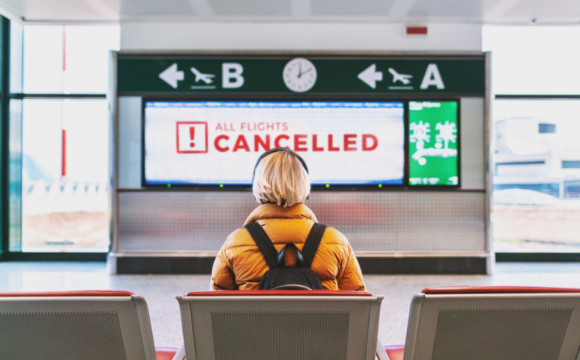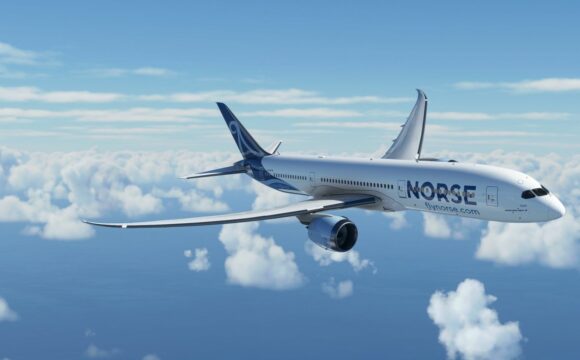EasyJet has teamed up with easyHoliday to bring Morocco’s magical Marrakesh one step closer to Belfast. PAUL WILSON checks it out…
If you are looking for something different from the Costas then look no further than the other side of the Med. In the 80s, hordes of tourists swarmed from Spain on ferries to get a taste of North Africa. With a stop-over on Gibraltar, these excursions were little more than duty-free cruises with Tangier and Casablanca thrown in for good measure. Today, the world has caught on to Morocco and the pleasures of holidaying in a historically proud and independent Islamic country with its own monarchy; tourism with a conscientious twist is thriving.
It was a different sort of royalty that began visiting Morocco in the 60s. Initially part of the the Hippy trail, musicians, artists and writers came to write, sing and paint. Jagger, Plant and Zappa were just some of the rockstar regulars, and Crosby Stills and Nash made Marrakesh famous with ‘Marrakesh Express’ (All aboard!). The clothes designer Yves Saint Laurent found the vivid palette of colours inspirational. Where writers such as Bowles and Burroughs went to the cloak-and-dagger cities of Casablanca and Tangier, The Belfast writer Robin Bryans, who travelled to Morocco in 1960, instead went south to Marrakesh. He found it a symbol of Islam, coloured with the mysteries of old Africa, of mysteries hidden in an almost-forgotten past. No wonder then, ‘Marrakesh’ means ‘Land of God.’
As then, The Red City today is a place of earth-fired buildings and boulevards of swaying palms that lead to the ancient walled Medina and Jemaa el-Fna Square. This menagerie of food stalls, hawkers and snake charmers was once a cross-roads for Saharan trader and it has a barbarous history. Criminals were beheaded here. Translated, it means ‘The Meeting Place of the Dead.’ Steeped in Islam and the indigenous Berber culture, men still wear the ancient wooden cloak or Djellaba. Now an UNESCO world Heritage site, it’s heady with the scent of spices, and is both magical and mesmerising. Secreted down alleys, the Traditional Moroccan riad averts its eyes; these windowless buildings hidden in shade. Once inside, they are intricately decorated guesthouses that have intimate courtyards of orange blossom and palm. They make for the perfect short-stay to explore the Medina and the souks.
Between September and March is by far the best time to travel to Marrakesh. The heat stays in the steady twenties and a light cooling breeze makes for almost perfect relaxation and exploration under a blue sky.
Marrakesh is irrigated by snow-melt from the white-capped Atlas Mountains, and wadi filtrate this semi-arid desert. In Summer, the temperature rises 45 plus and indigenous Marrakeshians make an Exodus to the coast while Ramadan – Muslim Holy Month – means fasting between sunrise and sunset.
The Moroccan flag, red, blue white and green – desert, sky, grass and the snow – symbolises this desert oasis and that once Marrakesh was Morocco’s ancient capital. After independence from the French, In 1956, a group of Moroccan artists hung abstract paintings in Jemaa el-Fna square to celebrate these colours and outside the Medina, Cypress, Jacaranda and Bougainvillaea proliferate where the city widens to the Sahara.
Winston Churchill visited Marrakesh with the US president Roosevelt in 1943; but also to paint. He stayed in the millionaires’ La Mamounia Hotel, and thought Marrakesh, “the nicest place on Earth to spend an afternoon.” A Caleche – Horse-Drawn Carriage – ride is the best way to get about. The expert drivers, navigate the hair-raising traffic so you don’t have to – it makes the The Arc de Triomphe look like a Sunday drive. Mopeds are the main form of transport on which whole families ride.
Marrakesh’s real gift is a deeply sensual one and the reason the Algerian born designer Yves Saint Laurent made Marrakech his home from home. He is known as the man who invented the modern woman’s wardrobe: the pea-jacket and trench coat, the safari jacket, the first pantsuit and the first jumpsuit in 1968. The Musee Yves St Laurent and the nearby Jardin Majorelle – a blazing array of greens, pinks and Majorelle Blue, the city garden of artist Jaques Majorelle – are must-dos. The region has been inhabited by Berber farmers since Neolithic times and The Berber Museum in the Majorelle Gardens is a unique insight into this largely unknown indigenous culture.
Equally inspiring is the local gastronome. Turmeric, garlic, coriander, cinnamon, ginger – the spices of life – mix with lemons, apricots and prunes in traditional tagines. Camel is a rich lamb-like meat. At Cafe Clock, in the Kasbah, try a Camel Burger and take a sample cookery course. After, enjoy the food you prepared on the sunny terrace where both locals and visitors mix. 10 dirhams of the price of every camel burger sold goes directly to a local charity.
Although Islam forbids alcohol, wine and beers can be found in hotels and restaurants. Morocco has its own beer – Casablanca, and French influence can be found in Flag Speciale. Moroccan wine is an exquisite treat and Gris, a cross between rose and white, is a local speciality. It’s best sampled in many of the more upmarket restaurants, such as Jad Mahal and Dar Rhiziane in the Hivernage district of Marrakesh. The Jad Mahal seduces diners with fire eaters and belly dancing while you eat. Gourmands will delight in light lunches taken in the shade at the Four Seasons: Caprese salad, Octopus Galician style, fresh fruit platter and assorted pastries. Sfenj – moroccan donuts – are a deep fried local delicacy, ideally sampled at the five-star Sofitel where breakfast is an art form.
The Palmeraie just ten minutes outside the city, is the Beverly Hills of Marrakesh. Spas and luxury boutique hotels make it an oasis for calm-seekers and spa-goers. The busy medina is replaced with bird song, the air balmy and fragrant. The Palais Aziza, is a tranquil haven to recharge. The aromatic spa of Palais Aziza offers hammam, massages and facials as well as special ILA Spa treatments. Dine at night under olive and orange trees in La Pergola. Palais Aziza and Spa hosts a bi-annual Artist-in-Residence series; a testament to ‘the artistic legacy of Marrakech’.
Barbara Hutton, once one of the wealthiest women in the world, ‘The Queen of the Medina’, bought the Sidi Hosni Palace in Tangier in 1946. Today’s millionaires come to Marrakesh where Kasbah are tuned into lavish luxury hotels. Richard Branson’s Kasbah Tamadot is en route to the village of Imlil in the High Atlas mountains and Kasbah du Toubkal. The brainchild of adventurer and educator Mike McHugo and his philanthropist brother Chris, together they turned a crumpling ruin into something extraordinary. Set below the majestic Jbel Toubkal, the highest mountain in North Africa – mules carry your luggage from the village reception. It’s remarkably affordable, and lunch on the terrace, with call to prayer echoing down the arid valleys is a place of wonder. From here, treks into the mountains with local Berber guides can be arranged. It is run in partnership with the local Berber community and a five per cent levy is given back to the villagers.
For a once in a lifetime experience, South east of Marrakesh takes you into The Sahara where the semi-arid climate is ideal for hot air ballooning. Ciel d’Afrique have been ballooning over Morocco since 1990. The desert calm at 530 am is otherworldly. Balloons bloom in the desert chill and you rise with the sun coming up over the Atlas Mountains. Back on terra firma, enjoy a traditional Berber breakfast in a Bedouin tent with mint tea, the ceremonial staple of Moroccan hospitality.
Ten Must-Dos in Magical Marrakesh
- Learn how to make a tagine at cafe clock
- Experience belly-dancing and try not to be embarrassed
- Take a Caleche – Horse-Drawn Carriage – to Majorelle Gardens
- ‘Enjoy’ a Hamam!
- Balloon ride over the Sahara as the sun rises
- Trek in the Atlas Mountains and see North Africa’s highest peak, Jbel Toubka
- Explore Jemaa el-Fna square at night
- Barter in the souk
- A cocktail and the view from Pearl Sky Bar
- Experience the ceremony of drinking mint tea


